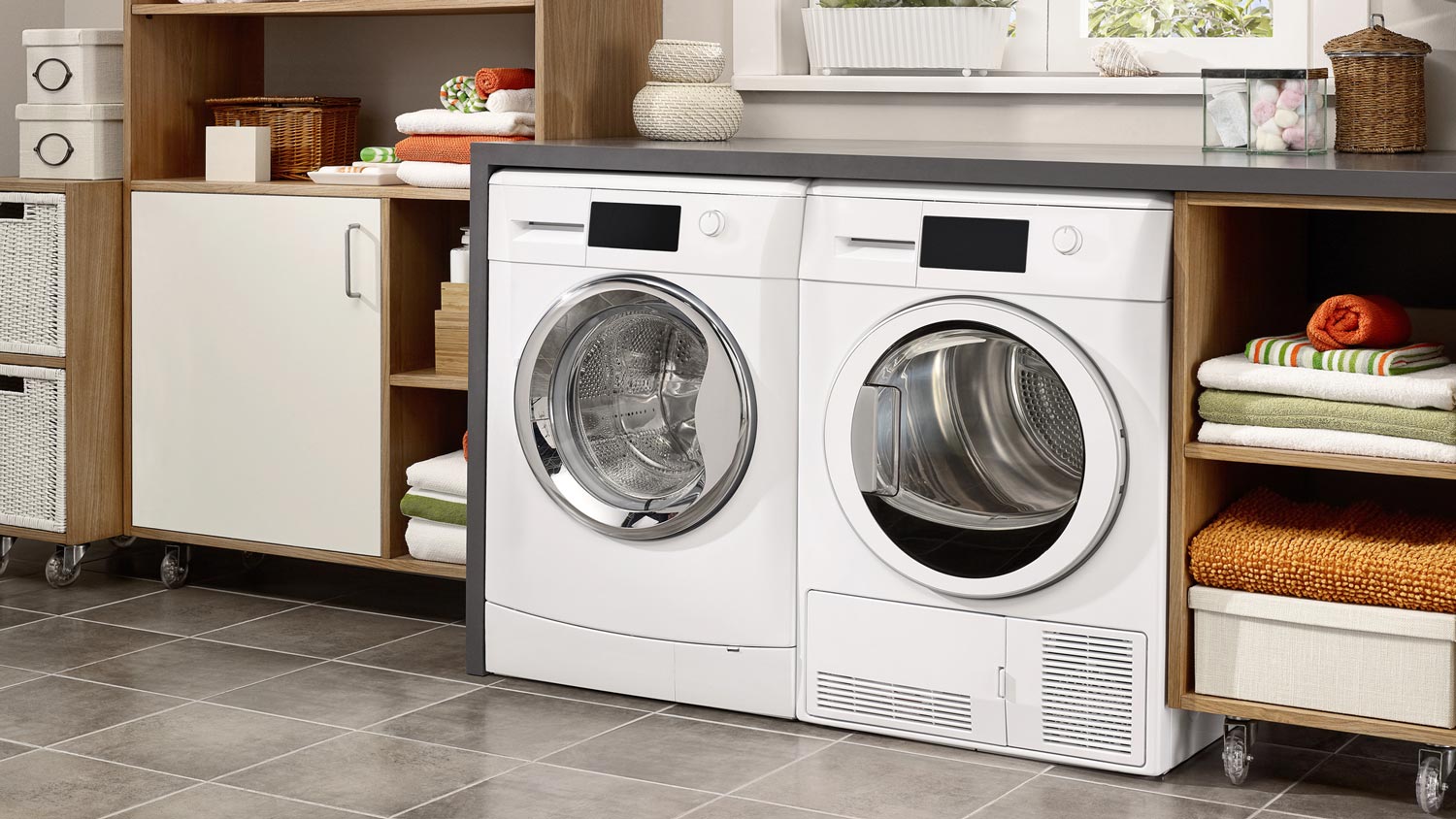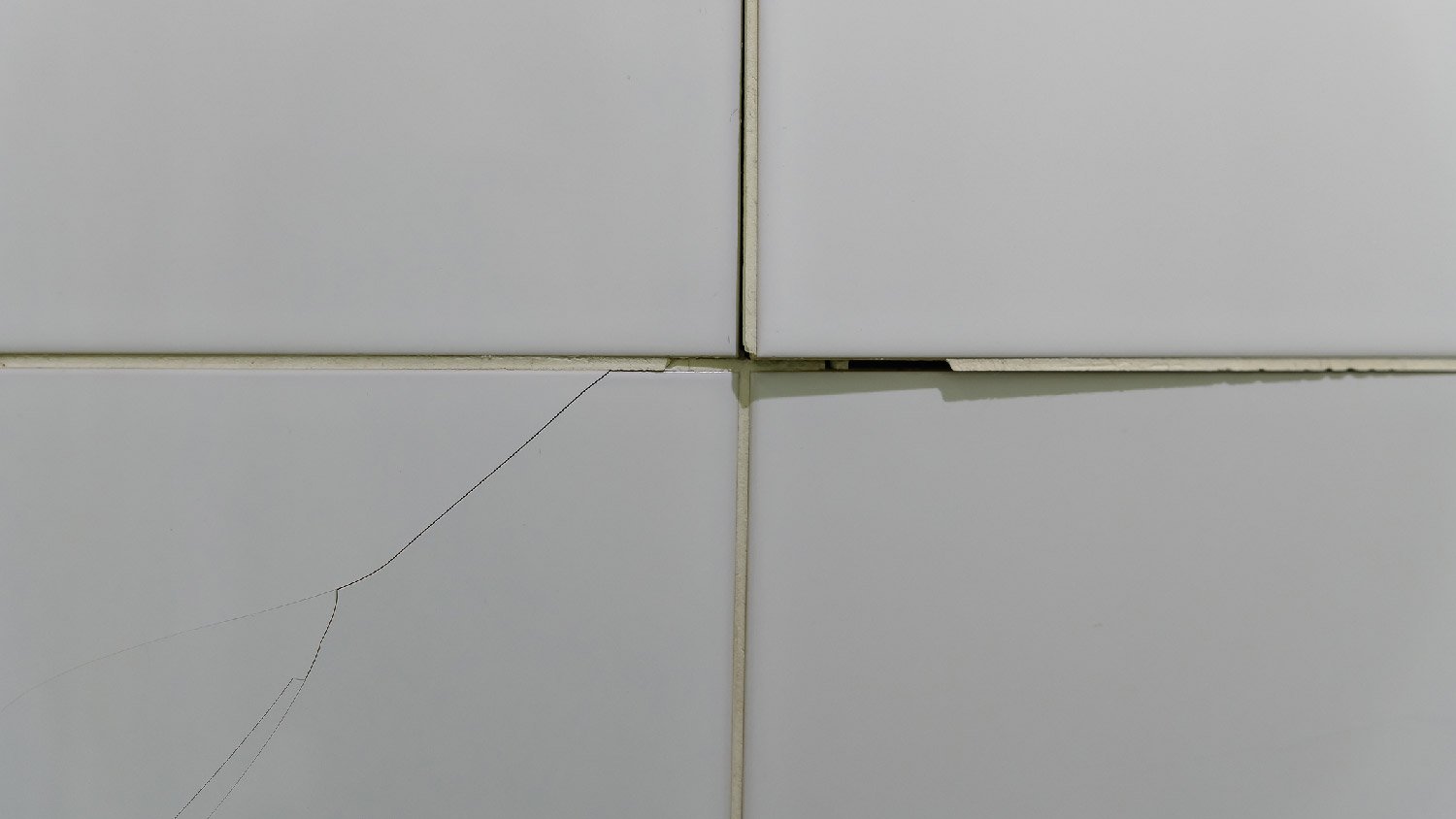
Whether it’s on your floor, walls, or shower, ceramic tile can add style to your space. So, how much does ceramic tile installation cost? Let’s break it down.
Keep your tiles forever young


Floor and ceiling tiles are susceptible to cracks of all sizes.
Many tiles crack after falling objects hit the floor.
Other cracks stem from heavy items sitting on the tiles.
Cracked concrete substrates can lead to reflective cracks on overlaid tiles.
Make sure you purchase and install tiles that adhere to various durability standards.
When you stare at your beautiful tiled floor or ceiling, you want to be awed by the beauty of the design, not the sight of cracks, big or small. So, what causes tile to crack? It is not easy to figure out, since many things can lead to hairline damage and larger, more intrusive tile cracks. Ways to fix cracked tile are few and far between, so we will run through the major reasons why tiles crack, as well as some essential prevention tips so you can stop problems before they start.
Are you wondering what causes hairline cracks in tiles? If a crack looks to be contained to a single tile or an extremely small area, a sharp blow is a likely culprit. Falling objects from countertops or tumbling furniture pieces can create hairline cracks in tiles and even take out large chips.
Kitchen tiles are especially susceptible to this issue because of all the heavy pots and pans you are probably wielding in that space. Doorways are another problem area for impact-related cracking, as you may drop heavy objects while grasping to open the door. Generally speaking, these impact cracks appear around the periphery of the tile, not the center.
Keep heavy objects from hitting your tiles if you want to prevent impact-related cracks. Move kitchen objects, like your trusty air fryer or stand mixer, away from the edges of countertops and exercise caution when carrying large items throughout your home. Of course, you cannot control gravity, and accidents do happen.
If you are wondering how to fix cracked tile in your home, your best course of action is to contact a local tile repair pro to fix or replace any damaged tiles.

Your floors are not invincible, so any large appliances and furniture resting on tiles can eventually wear them down. Refrigerators, standalone freezers, and washing machines can all contribute to tile cracking in houses. This is only an issue, however, if the stationary object cannot adequately spread its weight around via multiple points of contact with the floor. Most manufacturers build floor tiles to withstand up to 250 pounds of pressure without breaking.
Make sure you purchase load-bearing appliances that do not come even close to breaking that 250-pound threshold. Also, these objects wreak havoc on tiles when you move them, so exercise extreme caution when you undertake a home renovation. Additionally, hire local appliance installers with plenty of experience, as tiles are most susceptible to damage during the initial installation process.
In many instances, issues start at the bottom. Concrete is a fairly stable substrate for tiling, but only if the concrete itself is healthy and free from cracks. Older concrete slabs can develop long cracks running through them, and over time, they spread to the above tiles in the form of reflective cracks. If you see long and continuous cracks extending across multiple tiles, concrete substrate issues are a likely culprit.
You will want to tackle this issue in the installation stage. Check and double-check the concrete foundation for any issues before laying down tiles, calling in a local foundation expert for some analysis.
If the concrete has some cracks, you will need to install a crack isolation membrane above the concrete, which allows the tiles to move independently of the concrete, minimizing the risk of related cracks. Unfortunately, if you already put tiles over unstable concrete, the best fix is stripping the tiles, adding the membrane, and reinstalling them.
Concrete substrates have control joints, basically preplanned cracks intended to regulate any future cracks by forcing them into a straight line. These areas are already weakened compared to the rest of the concrete, so any overlaid tiles are at risk for reflective cracks. With that said, recognize a control joint-related crack by looking for cracks spanning multiple tiles in an obvious straight line.
Competent contractors and floor installers know better than to place tiles over a control joint, but mistakes happen. If you are worried, you can bring this potential issue up with your contractor at the point of installation and have your home’s architectural plans ready for perusal. This area is one where experience matters, so spend some extra time before hiring your floor installer.
Tiles placed over a plywood subfloor face different issues from tiles placed over a concrete substrate. One such issue is improperly spaced joists. These beams hold up the entire subfloor, including any materials and appliances resting on top of it. The wooden joist beams help tiles survive the constant give and flex of wood, so improperly spaced joists cause tiles to crack prematurely as they move along with the wood. In other words, the wooden subfloor bows between the joists, and the tiles crack to keep up.
If your house is up to code, your joints are likely properly spaced, so you will not experience this issue; however, before installing tiles over a wood subfloor, have the contractor locate the joist beams to ensure proper spacing. If your home has improperly spaced joists and you have already put in some tiles over the wood, your best bet is to remove the tiles and fix the joists.

The vast majority of available tiles comply with various ANSI (American National Standards Institute) and ASTM (American Society for Testing and Materials) testing standards for strength and durability. But there are always outliers. Inferior or substandard tiles cannot bear an adequate load, so you will encounter more cracks due to heavy appliances than with compliant tiles. The same goes for cracks related to sharp blows, as poorly made tiles cannot withstand as much pressure.
Many homeowners ask, “Are hairline cracks in tiles normal?” The answer is no, not if the tiles are made and installed correctly. To protect yourself from hairline cracks, make sure you purchase and install tiles that comply with ANSI and ASTM standards, including the ASTM C648 Breaking Strength standard. This standard ensures that ceramic tiles withstand up to 250 pounds of pressure per inch.
Some companies go above and beyond, manufacturing tiles that can withstand up to 400 pounds of pressure per inch. If a previous owner installed substandard tiles, learn how to repair tiles or hire a vetted pro for an inspection.
Your house is not always the same temperature, but it usually stays within a comfortable, moderate range. Sometimes, though, homes without adequate insulation, in extreme environments, or during natural disasters or emergency situations undergo extreme temperature fluctuations. This can cause damage to interior materials, including floor tile, which can crack.
To prevent cracking due to extreme temperature changes, keep your home’s HVAC system set within a moderate range, choose the right flooring tiles for your home and environment, and only use frostproof tiles in outside installations.
You don’t need to lose sleep over hairline cracks, but you should definitely keep an eye on them. If you notice the crack getting wider (rather than longer), it could indicate that the layer underneath the tile is also cracked or damaged in some way. Either way, if you have a hairline crack that’s constantly changing shape, you should call a tiling professional for an inspection. Most of the time, a small, thin crack is nothing to be worried about beyond aesthetics.
From average costs to expert advice, get all the answers you need to get your job done.

Whether it’s on your floor, walls, or shower, ceramic tile can add style to your space. So, how much does ceramic tile installation cost? Let’s break it down.

You're planning a bathroom remodel, but how much will it cost to retile your bathroom? Read this guide to find out.

Tile varies dramatically in price, but there’s something for every budget. This guide will help you plan for tile installation costs, no matter the project.

Not sure which types of tile would be best for your renovation project? We'll show you nine popular types of tile along with their benefits and downsides.

Discover the differences between epoxy grout versus cement grout and choose the best option for your tiling project. Learn about pros, cons, and ideal uses.

Remodel your bathroom by adding a shower enclosure or upgrading your bathing situation. Learn how to tile a tub surround properly with these simple steps.